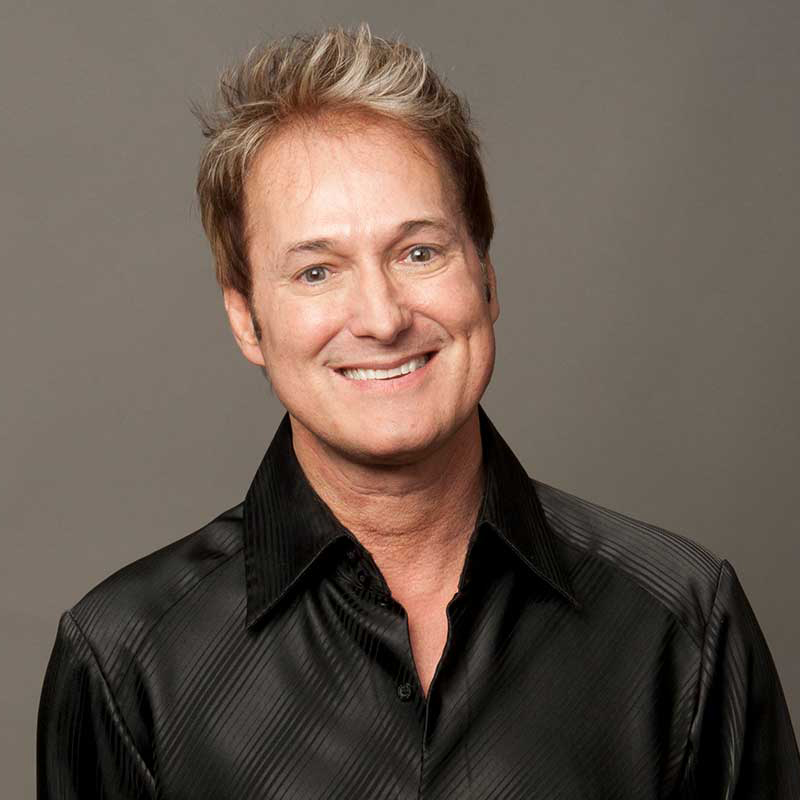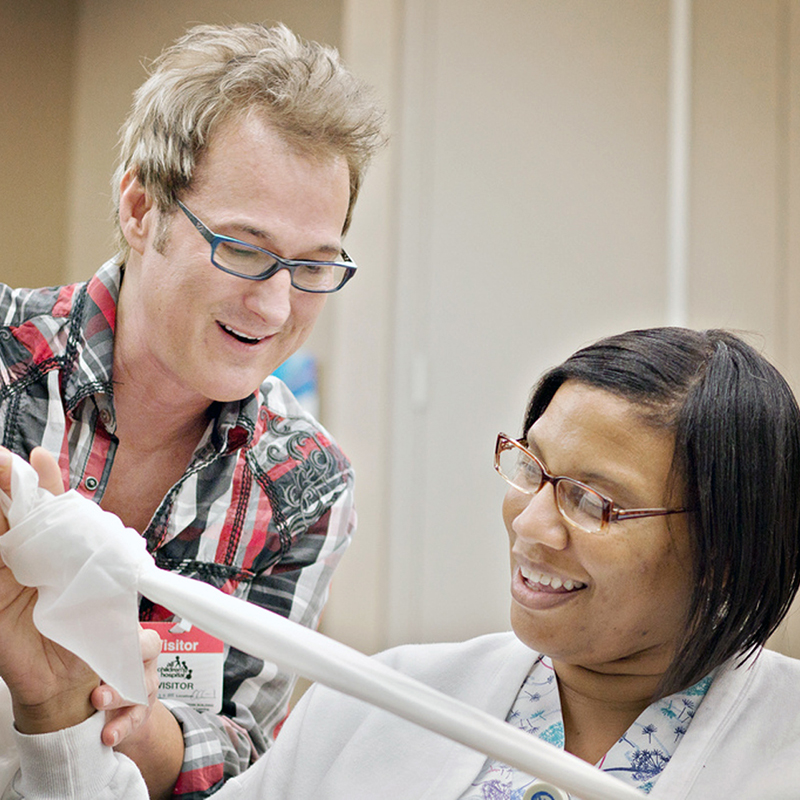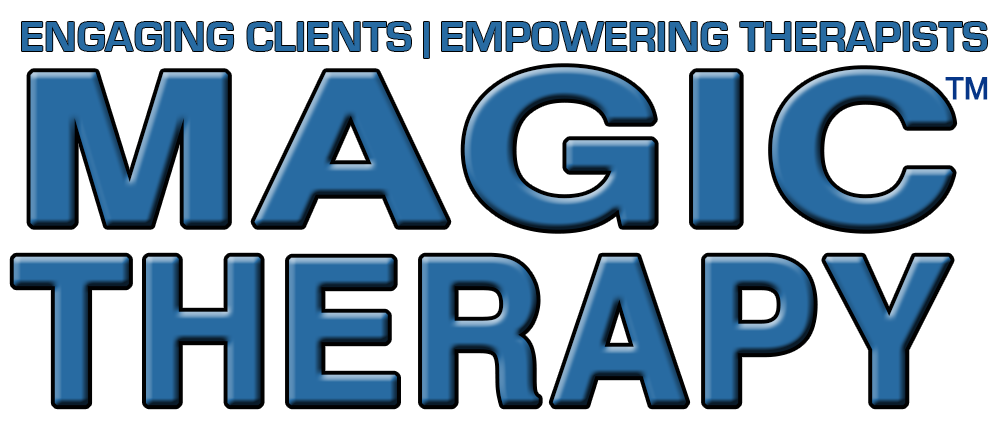What is Magic Therapy?
Over the last decade, the medical field has witnessed the advancement of the arts as a therapeutic tool in physical and psychosocial rehabilitation. Robust scientific research supports the use of specific art disciplines to enhance client motivation and engagement as well as increase independence. But we’ve also witnessed how the arts can improve a variety of skills including cognition, motor skills, communication, social skills, and flexible thinking (creativity).
Magic Therapy – the implementation of a research-based protocol of simple magic tricks – is the newest of these techniques for therapists to add to their toolbox.
History of Magic
Magic tricks have captivated people for thousands of years. It has a long and rich history in past and present societies. It is perhaps the oldest of all the performing arts because it so easily translates from one culture to another. References of magicians performing in the Courts of the Pharaohs date back as far as 5000 B.C. Primitive drawings of magicians practicing their trade can be found on cave walls in Northern Spain and Southern France.
Magicians performed in the streets and marketplaces of ancient Rome and Greece. And they were significant players in the world of theatre in London’s West End and New York’s Broadway productions. In contemporary society, magicians remain popular and are featured on televised international talent competitions, in business magazines, and as headliners on major cruise ships and in the showrooms of resorts around the world.

About the Designer
Kevin Spencer has earned the Approved Providers Status of the American Occupational Therapy Association. He is a subject matter expert and Fulbright Specialist in arts integration for special populations for the U.S. Department of State and a research consultant in the School of Health Sciences Occupational Therapy Department and Institute of Arts in Medicine at the University of Alabama at Birmingham.
His work is focused on researching arts-integrated interventions for patients and clients and providing relevant, useful, and engaging continuing education for therapists and educators.
For additional information on the Hocus Focus education project, please visit www.HocusFocusEducation.com.
Professional Support for this Technique
Based on a tremendous amount of research, the American Occupational Therapy Association supports the use of magic tricks as an authentic method of achieving therapeutic goals. In the May 2019 issue of PT in Motion, the American Physical Therapy Association featured the benefits of magic therapy in an article titled That’s Entertainment: Giving New Meaning to the Term ‘Healing Arts.’
Research studies have been published in peer-reviewed journals. This approach has been featured in Today in OT, the Journal of the American Medical Association, the Australian Occupational Therapy Journal, PT In Motion, REHAB Today, HEALTH magazine, ADVANCE for Occupational Therapy Practitioners, and numerous other publications.
Today, the concepts of magic therapy are being used in more than 2,000 hospitals, rehabilitation facilities, and schools in over 30 countries.
About Magic Therapy
Magic Therapy is a carefully designed, systematic approach to the therapeutic use of simple magic tricks in physical and psychosocial rehabilitation.
“The use of magic fosters an individual’s ability to assume a role to
entertain and to have self-efficacy. The underlying concepts in magic target areas of motor, psychosocial, cognitive, and sensory processing [skills] that lend themselves well to intervention.”
Carolyn Baum, Ph.D., OTR/L, FAOTA
ADVANCE for Occupational Therapy Practitioners (published July 23, 2007)
The most important aspect of this therapy technique is the ability of the client to transfer the skills learned by performing magic tricks into activities of daily living. The learning and performing of magic tricks allows them a means of safely exploring their skill level while providing a fun way of reaching therapeutic goals.
As a treatment modality, it has been utilized in many areas:

